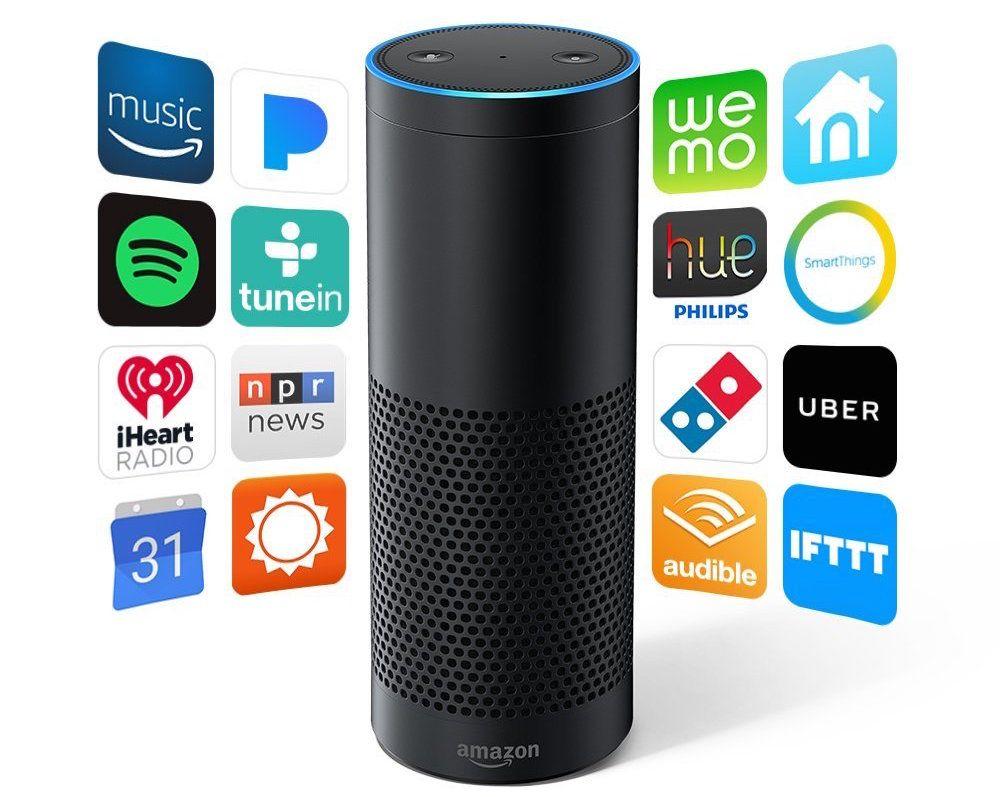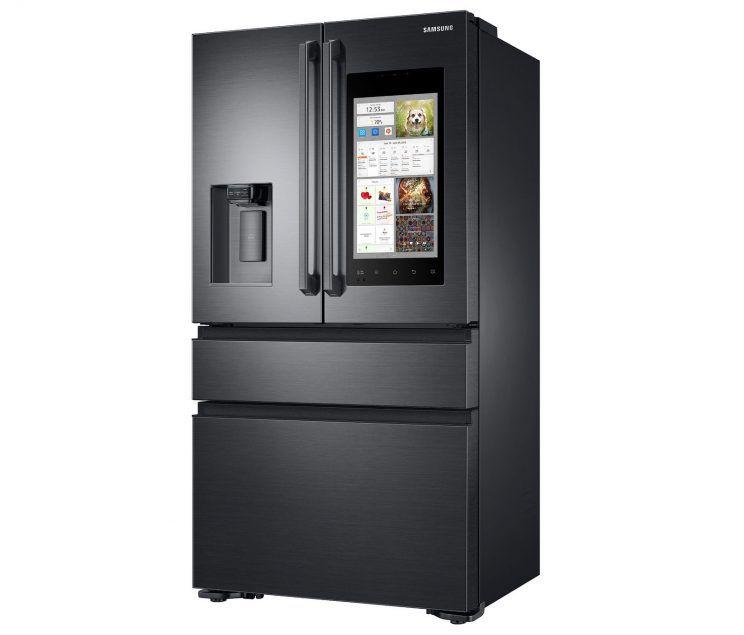CES 2017: How Digital Assistants Stole the Show (And What It Means for IoT)
Published on January 09, 2017/Last edited on January 09, 2017/5 min read


Todd Grennan
Content Production Principal, Content Marketing at BrazeAt the annual Consumer Electronics Show (CES), held this year January 5–8 in Las Vegas, overwhelming is usually the name of the game. Year after year, the event is an overstuffed cornucopia of new, improved, and speculative technologies, showcasing hundreds of brands vying for attention from convention goers and tech reporters alike. There’s always a lot of noise, a lot of new products that come and go without ever making a real impact.
It’s been awhile since a single product dominated the conversation during CES—and the last time that happened, the product launch didn’t even happen at the event itself. But that’s exactly what happened this year with Amazon’s Alexa digital assistant.
Why was this year’s CES so big for Alexa?

The Amazon Echo and some of its third-party integrations (Source: Amazon)
Usually when we think about a product that blows up at CES, we picture something brand new—a transformative technology that no one’s ever seen before. But Alexa captured the event’s imagination even though it’s been around for years.
Following its 2014 launch (and it’s 2015 Super Bowl ad–powered coming-out party), the Amazon Echo speaker—the first device to feature Alexa—has increasingly become a mainstay in homes, with sales increasing 9x this holiday season, compared to last year. The Echo pioneered a new product category, the voice-controlled home digital assistant, and (along with Apple’s mobile-focused Siri assistant) inspired an array of competing assistants and devices, including Google Home, Microsoft’s Cortana, and Samsung’s Viv, among others.
But while many of these competing technologies were on display during this year’s CES, whether in devices overseen by those companies or through integrations with third-party devices, the sheer number and diversity of Alexa integrations announced during the event showcased Amazon’s dominance in this emerging category and demonstrated the potential that Alexa has to transform interactions between brands and their users.
What Alexa integrations were showcased at CES?

Samsung’s new Alexa-enabled Family Hub 2.0 smart fridge (Source: Yahoo! Finance)
Listing all of them would take forever, but some of the more notable ones include:
- Televisions
- Refrigerators
- Stoves
- Washing machines and dryers
- Lamps
- Alarm clocks
- Door locks
- Security cameras
- Light switches
- Power strips
- Robot vacuums
- Air purifiers
- Showerheads
- Set-top satellite TV boxes
- Headphones
What does Alexa’s rise mean for the Internet of Things?
There’s been excitement around the Internet of Things (IoT) for a while now, but while the number of Internet-connected smart devices has grown steadily, the technologies haven’t caught fire in the public imagination. Pioneering IoT firm Nest has struggled since its acquisition by Google, and the larger IoT sector hasn’t seen the kind of adoption predicted by some analysts, leading to concerns about the future of this kind of tech.
The rise of Alexa has the potential to change that. This massive rollout of Alexa-enabled smart devices is a major first step toward establishing Alexa as the de-facto operating system of tomorrow’s smart home and makes it increasingly easy to imagine a near-future where preheating your oven, adjusting the temperature of your bathwater, and vacuuming your home can all be controlled with a simple verbal command.
CES also featured a couple announcements that hint at a future for Alexa beyond the home. Most significantly, Huawei announced that future versions of its Mate 9 smartphone would support Alexa and Ford laid out plans to bring Alexa to its vehicles within the next year. Those moves raise the possibility that Amazon’s early dominance when it comes to smart home devices could spread to autos and grant Amazon the foothold in mobile that it failed to gain with the Fire Phone.
Why is Alexa seeing so much more momentum than Google Home, Microsoft’s Cortana, and other competing digital assistants?
While Alexa wasn’t the first high-profile digital assistant, Amazon’s decision to pair its assistant with an affordable, standalone device effectively created a new market and made it easier for the brand to establish a foothold in a lot of households, while also sidestepping Apple’s dominant Siri assistant (which only recently became available on non-mobile devices).
This strategy effectively gave Amazon a powerful first-mover advantage and made it the obvious choice for smart device manufacturers looking to integrate with a home-focused digital assistant. That, in turn, has helped Alexa grow into a major new digital platform, with the potential to become as central to our day to day lives as Google search, Facebook, and smartphones currently are.
Microsoft, Google, and other competitors aren’t taking this lying down. CES featured a significant number of home-focused technologies trumpeting integrations with Cortana, Google Assistant, and other competing assistants, and more are likely on their way. But it’s clear that Amazon currently has a significant advantage in this space and is committed to making the most of it.
What does Alexa’s rise mean for marketers?
While it’s far from certain that Alexa will emerge as the dominant platform of a new, IoT-focused, post-mobile age, its increasing popularity and dominance in this space makes it a major technology for marketers to watch going forward. Alexa already integrates with many third-party brands in order to support a richer user experience, and—if rumored push notification support comes to fruition—it could become a major tool for marketers looking for new ways to reach, engage, and monetize their users.
Looking to get started? Check out our guide to IoT marketing and make sure you’re ready to take advantage of this major new opportunity.
Releated Content
View the Blog
The new inbox reality: How iOS changes are reshaping email marketing

Aparna Prasad

Experience optimization: Turning data insights into better journeys

Team Braze

December 2025 Bonfire Marketer of the Month: Jagex’s Emma Oliver
